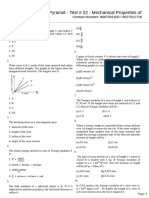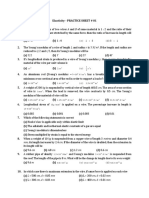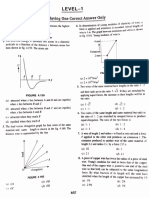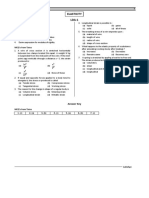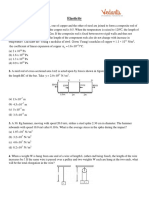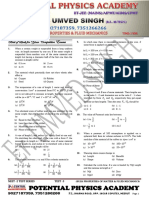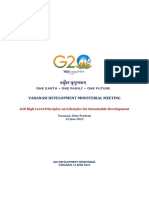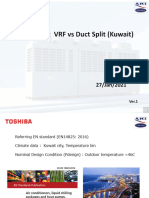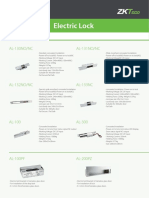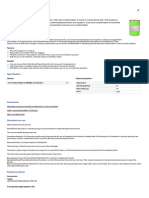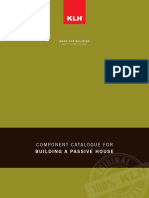0% found this document useful (0 votes)
176 views130 pagesAssignment+elasticity+1+
This document contains 22 multiple choice questions about elasticity and properties of materials. The questions cover topics like Young's modulus, stress, strain, elastic energy, Poisson's ratio, work done on stretching wires, and relationships between elastic properties. Sample questions ask about calculating stress required to break a wire based on its material properties, determining elongation of wires under different loads, and relating elastic energy to applied forces and material properties.
Uploaded by
Suvanwit MandalCopyright
© © All Rights Reserved
We take content rights seriously. If you suspect this is your content, claim it here.
Available Formats
Download as PDF, TXT or read online on Scribd
0% found this document useful (0 votes)
176 views130 pagesAssignment+elasticity+1+
This document contains 22 multiple choice questions about elasticity and properties of materials. The questions cover topics like Young's modulus, stress, strain, elastic energy, Poisson's ratio, work done on stretching wires, and relationships between elastic properties. Sample questions ask about calculating stress required to break a wire based on its material properties, determining elongation of wires under different loads, and relating elastic energy to applied forces and material properties.
Uploaded by
Suvanwit MandalCopyright
© © All Rights Reserved
We take content rights seriously. If you suspect this is your content, claim it here.
Available Formats
Download as PDF, TXT or read online on Scribd
/ 130






